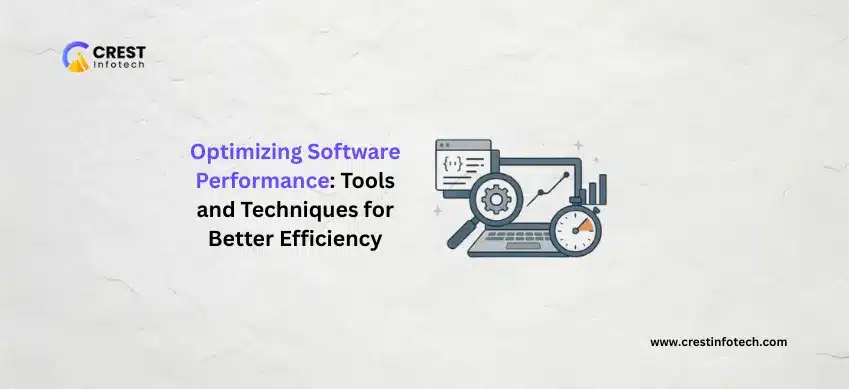Optimizing software performance is crucial for delivering fast, responsive applications that meet user expectations and reduce resource costs. Here’s how to enhance efficiency through proven tools and techniques.
1. Profile Your Application
Identify performance bottlenecks by analyzing runtime behavior.
- Use profiling tools to measure CPU, memory, and I/O usage
- Identify slow functions or methods that consume excessive resources
- Focus optimization efforts where they will have the greatest impact
- Popular profilers include VisualVM, Perf, and built-in IDE profilers
2. Optimize Algorithms and Data Structures
Efficient code starts with choosing the right algorithms and data structures.
- Analyze time and space complexity of your algorithms
- Replace inefficient algorithms with faster alternatives
- Use appropriate data structures for quick access and modification
- Consider caching results to avoid redundant computations
“Better algorithms can improve performance more than hardware upgrades.”
3. Manage Memory Wisely
Proper memory management prevents leaks and reduces latency.
- Use tools like Valgrind or Memory Profiler to detect leaks
- Release unused objects and resources promptly
- Avoid excessive memory allocation inside loops
- Consider garbage collection tuning for managed languages
4. Employ Concurrency and Parallelism
Leveraging multiple cores can dramatically boost performance.
- Use threads, async programming, or parallel libraries to perform tasks concurrently
- Identify independent operations that can run in parallel
- Avoid race conditions and ensure thread safety
- Profile concurrent code to detect bottlenecks
5. Optimize Database Queries
Databases often become performance bottlenecks if not optimized.
- Use indexing on frequently queried columns
- Optimize queries by reducing joins and selecting only necessary fields
- Cache query results when possible
- Monitor slow queries and analyze query execution plans
“Efficient database design is as important as efficient application code.”
6. Use Performance Monitoring Tools
Continuously monitor software to detect and address issues quickly.
- Implement Application Performance Monitoring (APM) tools like New Relic, Datadog, or AppDynamics
- Track key metrics such as response time, throughput, and error rates
- Set alerts for unusual spikes or degradation
- Analyze logs for root cause investigation
Final Thoughts
Optimizing software performance is an ongoing process that combines analysis, coding best practices, and monitoring. By profiling your app, improving algorithms, managing memory, leveraging concurrency, and tuning databases, you create efficient software that delights users and scales with demand.



